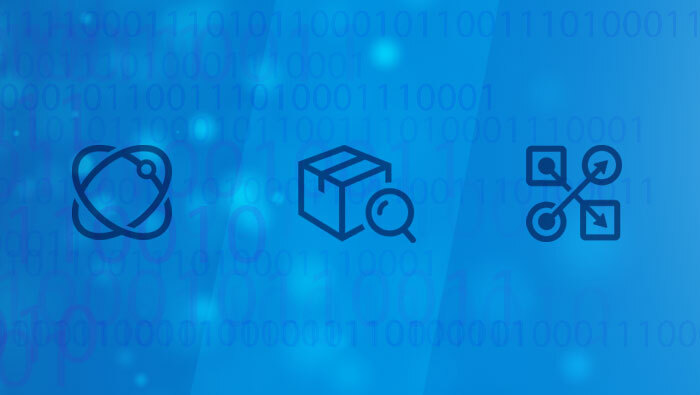United Network for Organ Sharing has launched three multi-year pilot projects aimed at increasing organ utilization and improving transplant outcomes. The first is a research collaboration with experts in the science of simulation modeling to build a tool for studying the transplant system. The remaining two are new research and development projects with industry partners that are focused on organ tracking and liver paired exchange. These projects are an example of UNOS’ commitment to innovating how we analyze, evaluate and continuously improve the national transplant system to save more lives.
Simulation Modeling
Leveraging modern simulation techniques and big data to make more informed changes to the system
As part of a research collaboration with the Virginia Modeling Analysis and Simulation Center at Old Dominion University in Norfolk, Virginia, UNOS is developing a series of simulation models to study the impact of possible changes to the transplant ecosystem. This enhanced modeling capability will enable the organ donation and transplant community to study the potential impact that changes such as emerging health trends, evolving patient and donor characteristics, and changing behaviors might have on the system and on the patients we serve.
Organ Tracking
Using tracking technology to improve transportation and delivery of organs
In collaboration with four organ procurement organizations (OPOs), three commercial tracking companies, and Illinois-based Nationwide Organ Recovery Transport Alliance, UNOS LabsSM is studying the feasibility of real-time tracking of organs shipped via ground and air. UNOS Labs is a privately funded virtual research center that brings together data, technology innovations, behavioral research and industry expertise to test transformational ideas and hypotheses for improving the transplant system. It will provide critical asset tracking devices to pilot OPOs, while partner couriers will share in-house tracking data they collect to work toward a centralized data warehouse of transportation information. Through partner feedback and community focus groups, UNOS is exploring how this technology may be deployed more broadly. OPOs participating in the pilot are LifeNet Health in Virginia Beach, Virginia; Center for Organ Recovery and Education in Pittsburgh; University of Wisconsin Health Organ and Tissue Donation in Madison, Wisconsin; Lifesharing – A Donate Life Organization in San Diego; and OurLegacy in Maitland, Florida.
Liver Paired Exchange
Using a paired donation match process to increase the pool of available livers
UNOS LabsSM is partnering with a steering committee of transplant surgeons from leading living donor liver transplant programs across the country to develop a liver paired exchange pilot program. Finding suitable living liver donors is often difficult, but an organ paired exchange can help bridge the gap. It allows would-be recipients with incompatible donors to match with other donor-recipient pairs in the same situation. Transplant hospitals represented on the committee include New York-Presbyterian Weill Cornell Medical Center; University of Pittsburgh; University of Pennsylvania; University of Southern California; Mayo Clinic, Rochester Minnesota; University of Colorado Denver; Yale New Haven; University of Texas Health San Antonio; and University of California San Francisco.
Check back often for updates on these, and other UNOS innovation projects.
About UNOS Labs
An experimental incubator, UNOS LabsSM is a place to try out new ideas in behavioral research, data science and technology through extensive testing and incremental development. It enables our researchers to develop innovative solutions to improve the national organ network and increase organ utilization. Since January 2018, UNOS and its partners have invested nearly $2.5 million to support this important initiative through research, innovation and collaboration with the transplant and broader scientific communities.

